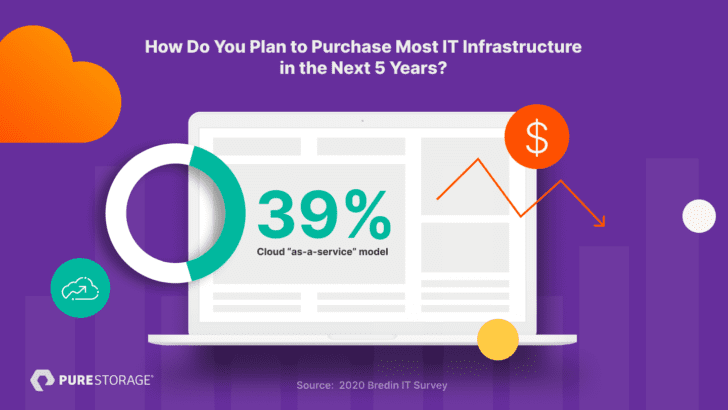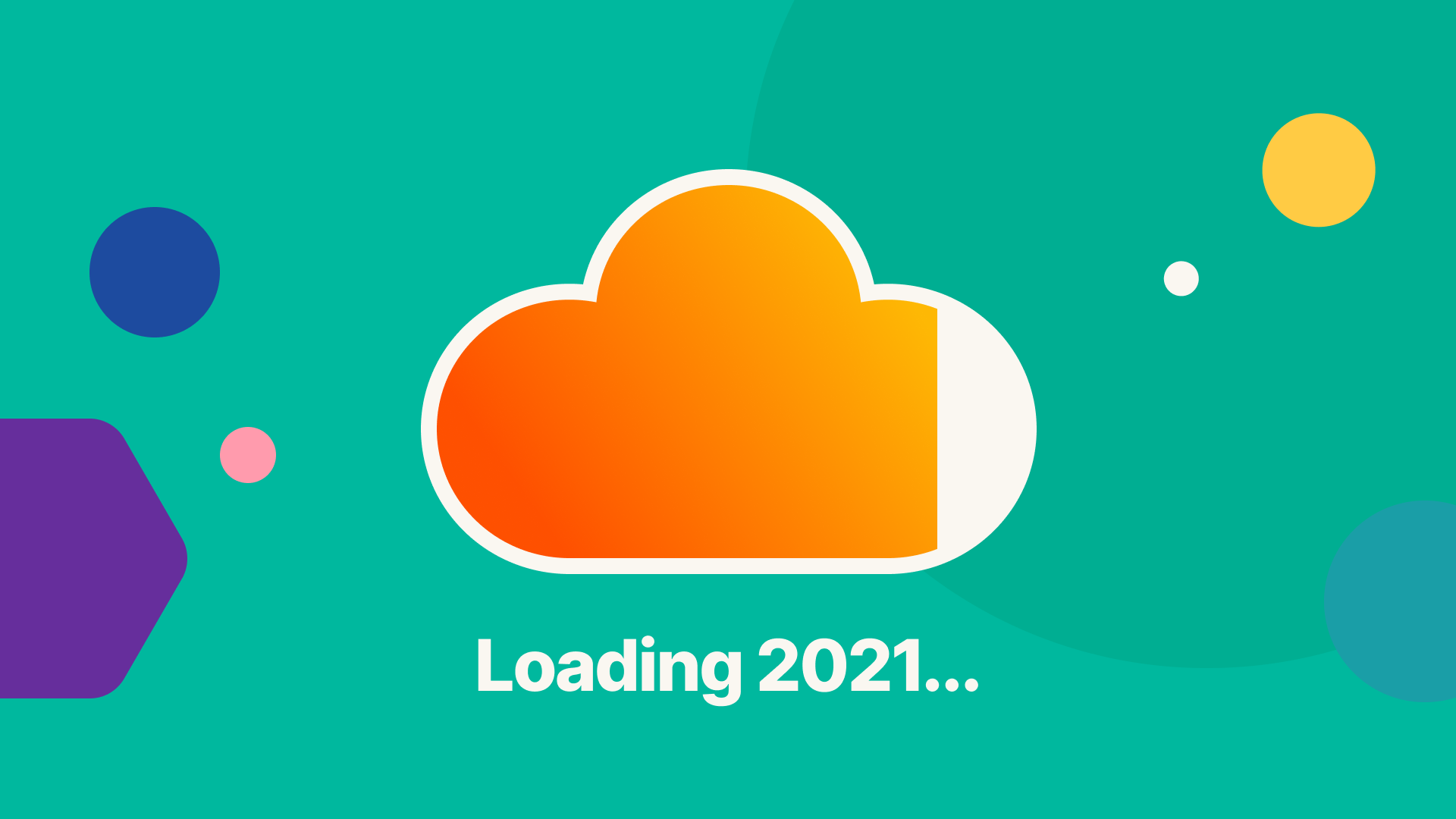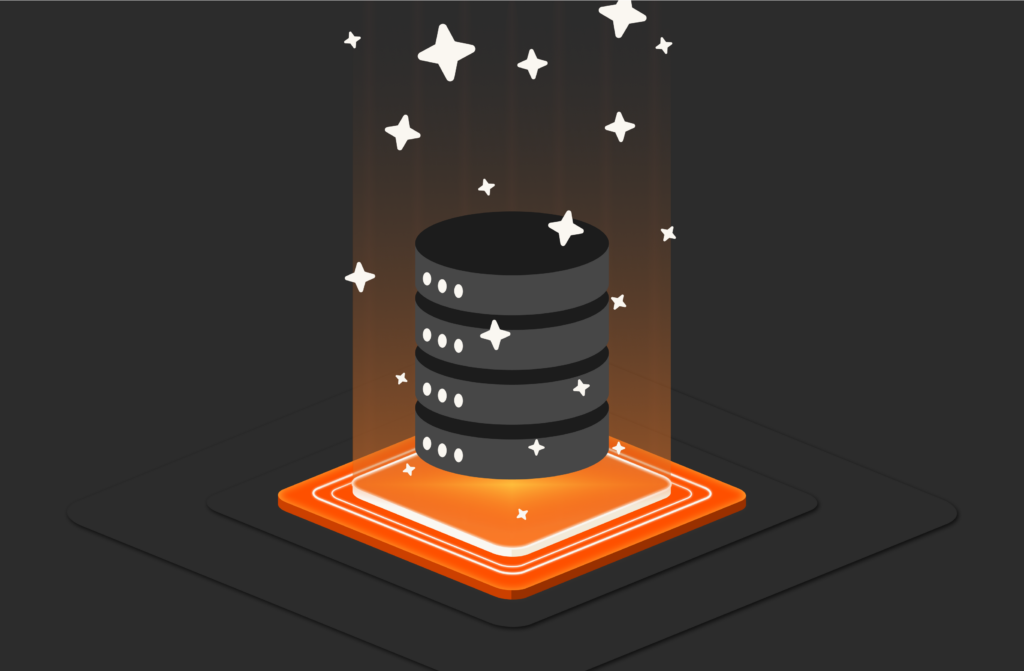2020 was the year that moving to the cloud wasn’t just good business—it was essential for business continuity. So what does 2020 portend for 2021 in terms of enterprise-cloud adoption?
We canvassed our experts and pored over some forecasting by analysts to bring you our best predictions for cloud trends in 2021. Consider this an early tip sheet to help your IT and infrastructure teams get ready.
First, let’s look at what happened in 2020 to get insight into what’s to come. A number of factors caused data and bandwidth loads to increase:
- Companies suddenly found themselves with distributed workforces numbering in the hundreds or thousands.
- Millions of in-person transactions went online.
- Digital transformation kicked into high gear.
- A pivot to PaaS and SaaS solutions took place for increased flexibility in the face of shrinking CAPEX budgets.
To keep up, IT teams expanded network, data, and cloud capacity. And these new capabilities aren’t likely to revert back when the dust settles. Instead of “returning to normal,” businesses are more likely to base future cloud strategies on the “new normal” where remote work and business agility are simply a given.
How will these trends continue to evolve? How will cloud companies keep innovating—and where can you leverage those innovations to stay ahead of the curve?
Prediction #1: We’ll all pick up the pace.
According to IDC’s 2021 FutureScape report, by the end of 2021, 80% of enterprises will shift to cloud-centric infrastructure and applications twice as fast as before the pandemic. Kelvin Teck, marketing programs manager for APJ at Pure, absolutely sees this trend playing out.
“To future-proof storage infrastructure, a key consideration is moving legacy applications to a cloud-ready architecture,” Teck says. “Set to become an integral part of the next phase of digital transformation, a cloud-ready strategy will power mission-critical workloads in 2021 and beyond.” Take note: Containers and software as a service will be synonymous with cloud-first IT strategies.
Our 2021 tip: Don’t get left in the dust, but also don’t rush into changes that won’t be sustainable for your infrastructure. Rapid adoption of modern cloud-native technologies will require an agile, cloud-ready architecture to ensure success.
Prediction #2: Multicloud is everyone’s new must-have.
Enterprises have almost entirely embraced multicloud: According to Flexera’s 2020 State of the Cloud Report, 93% of enterprises reported having a multicloud strategy, while 87% are taking a hybrid approach, combining the use of both public and private clouds.
“It’s not surprising when you consider that enterprises have accelerated demand for cloud capacity. As businesses begin to reprioritize projects put on hold due to the current environment, a top initiative for senior IT leaders is expanding multicloud capabilities as a part of broader digital transformation strategies.”
Our 2021 tip: The first step in adopting multicloud is setting a strategy. If you don’t, you run the risk of becoming one of those businesses that leaves money on the table. As i’ve stated before, it’s important to understand that the motivation for going multicloud (for example, to ensure business continuity) isn’t the same as the multicloud objective, which is to align cloud use to your broader business strategy.
Prediction #3: Containers will flourish as the gold standard for efficiency and productivity in the cloud.
Gather your Kubernetes experts: IDC reports that container-enabled infrastructure is high on the 2021 must-have list, given containers’ ability to foster rapid, automated deployment of applications at scale. In fact, as IDC forecasts, the installed base of container instances will
grow 62% annually through 2023. Major corporations such as Capital One, Tesla, and Intel have made the shift, with some even building their own proprietary container orchestration tools.
It’s part of a larger story: the push to be cloud-native. This is a huge initiative for everyone, and containers are truly at the heart of it. Older, legacy infrastructures can stand in the way of getting the most from containers, so companies will increasingly upgrade IT architectures with technologies like Kubernetes and Portworx® by Pure Storage® to do it at scale.
Our 2021 tip: Containerization at scale is incredibly complex and storage should be a major consideration. Storage should be container-smart and container-aware, with the resiliency and availability to support these highly distributed applications. Also, native integrations that enable data mobility, granular security policies, and modern backup and recovery measures are critical. Portworx is a leader for scalable and flexible data storage that works seamlessly across on-premises and cloud environments.
Prediction #4: Cloud will be even more vital for creating flexibility in changing times.
Patrick Smith, Pure field CTO for EMEA, talks to customers at length and has seen firsthand how they’re grappling with the earthshaking changes to their businesses. The massive workloads organizations are managing as a result of remote work aren’t going anywhere, Smith predicts.
“When lockdowns started, every organization globally was trying to manage an increased workload. It caused a large uptick in cloud adoption and use,” Smith says. “I’d go as far as saying many organizations over-rotated towards cloud and they will rebalance their usage as cost pressures lead to repatriating some workloads on-premises. The need for flexibility has never been greater to support organizations as they operate in changing circumstances.”
Our 2021 tip: The cloud offers flexibility, certainly—but organizations also need flexibility in how they consume cloud services. For example, by adopting cloud-native apps, businesses gain flexibility as well as scalability. That’s due to the ability to deploy microservices via containers that can be dynamically provisioned based on user demand.
Prediction #5: We’ll unify cloud environments with optimized hybrid clouds.
Matthew Oostveen, Pure field CTO for APJ, saw 2020 as “Phase 1” for organizations hurriedly adopting solutions for remote work, like investments in laptops, network infrastructure, and the cloud. Phase 2, which will define 2021, is about adding efficiency to the infrastructure buildout.
Back in October 2020, Oostveen noted, “Leadership will begin to realize that metrics such as productivity have been negatively impacted, especially due to so many people being disconnected from traditional systems and processes. Enterprises are looking for ways to improve productivity in their remote workforce, as well as automate previously physical and manual processes.”
The desire to improve productivity and processes plays out in a new Bredin survey on 2021 priorities for IT decision-makers. Sixty-two percent of respondents say they hope to build or improve infrastructure to support existing business apps such as data storage.
How can you improve productivity in the mobile workforce? Shift workloads, data sets, and applications to and from hybrid clouds to get the most bang for your productivity-improving bucks. That’s why IDC predicts that by 2022, more than 80% of enterprises will prioritize the “public-cloud experience,” such as access to new technologies and intuitive operations workflows.
The faster people get their hands on new tools that streamline work, the more mileage they can get from the average eight-hour workday, remote or not. That was the gist of a recent survey conducted for Pure by Spiceworks Ziff-Davis showing that most organizations adopting cloud are primarily motivated by the promise of workload reduction.
Our 2021 tip: As we’ve discovered by listening to our users, people want the same experience regardless of where their data lives—on-premises, cloud, hybrid cloud, or multicloud. Look for ways to deliver a consistent experience without sacrificing enterprise on-prem features.
Prediction #6: Consuming the cloud—and everything else—as a service (XaaS).

The phrase “digital transformation” can set off anxiety in business leaders—CFOs in particular—who know the clock is ticking to get transformation done ASAP. The way to accelerate cloud adoption, says Paul Ferraro, Pure VP of Pure as-a-Service Global Sales, is to simply buy the cloud as a service. At a time when CAPEX budgets are shrinking and operational risks are increasing, why do it any other way?
“Many CFOs want to purchase services the same way they sell them—on-demand with a low commitment to start and the ability to grow as they go,” Ferraro says. “The usership economy is gaining ground in all traditional IT infrastructure areas, and the benefits are clear. You’re no longer purchasing anything; you’re consuming a service. Research shows that many CIOs feel consumption-based models significantly accelerate digital transformation due to the transparency and agility to repurpose capital to address business demand.”
In fact, investing in cloud as a service is clearly top of mind, according to the new Pure survey of IT decision-makers: 39% of respondents said that over the next five years, they’ll use the cloud-as-a-service model for most IT infrastructure purchasing.
Our 2021 tip: To pull this off, you’ll need flexible consumption of file, block, and object storage for on-prem or the cloud. If you pay only for what you need, you don’t have to worry about predicting the future to buy or lease storage years in advance. This is how Pure as-a-Service™ works: You’re billed based on actual consumption with minimum commitments starting at 50TiB.
Prediction #7: Ransomware will still be a threat—but the cloud can help.
Given the frequent occurrence of high-level ransomware attacks throughout 2020, it should be no surprise that security insiders expect ransomware to continue causing mayhem for organizations and generating revenue for attackers. According to the Sophos 2021 threat report, attackers will not only be going after bigger targets and demanding multimillion-dollar ransoms, but newbie attackers are also getting into the act because they see the dollar signs and want a piece of the action.
The cloud will play an increasingly critical role in enterprise business-continuity and data-recovery (BC/DR) operations. A recent ESG study found that cloud-based services will be even more synonymous with data protection and BC/DR processes. In fact, three of the five most commonly used technologies are cloud-based, and more than 50% of organizations polled are turning to these cloud-based solutions to manage data protection.
Our 2021 tip: Business continuity is critical, and all-flash storage provides the fastest way to bounce back.
2020 was a challenging year, but it did have a few silver linings. One of those was the agility, productivity, and flexibility of the cloud. This has set the stage for a promising 2021, when these steps forward are sure to become great strides. Businesses that can adopt new mindsets and technologies in the cloud will be ready to break through barriers and take on what’s next. Cheers to the year to come.
- https://www.flexera.com/blog/cloud/cloud-computing-trends-2022-state-of-the-cloud-report/
- 2020 Bredin IT Survey.
- https://www.computerweekly.com/news/252492290/2021-the-year-of-commodity-ransomware-says-Sophos

Prepare Your Clouds for the New Year and Beyond
Unify hybrid and multicloud ecosystems with Pure.






